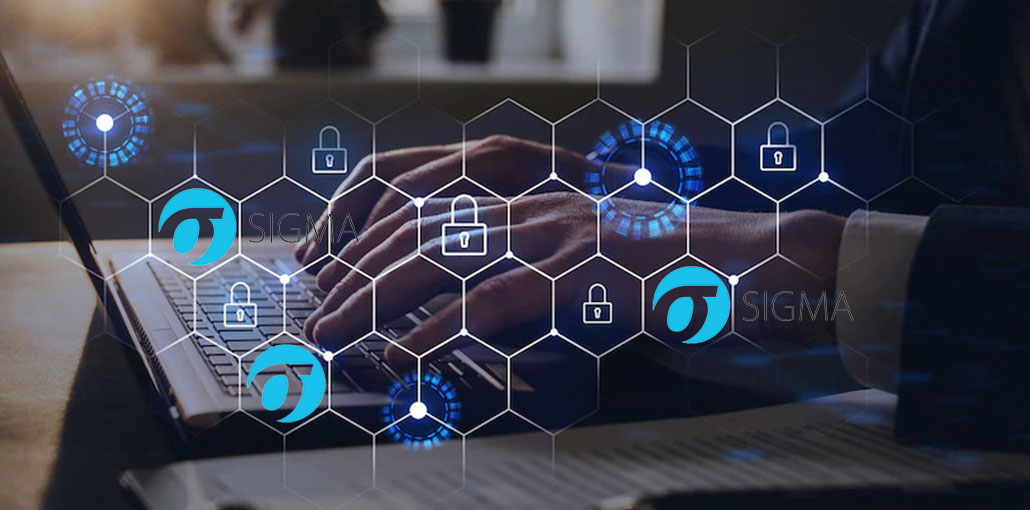To identify suspicious network activity, threat hunters traditionally employ highly specialized tools and solutions. These solutions can be broken into three main areas which correlate with the stage of the threat hunting process. Initially, threat hunters would start by initiating security data collection and network monitoring technologies, querying, and analyzing log files. Security information and event management (SIEM) tools assist in managing this unprocessed security data.
Cyber resilience has become a such crucial dimension of any modern business, and not many organizations have enough skilled employees or adequate vulnerability detection systems in place to achieve this. Organizations that need high levels of sustainable cyber resilience often find that partnering with a specialist in cyber security and threat hunting has a high return on investment rate.
Limitations of Native SIEM
Without the proper assistance and third-party solutions, SIEM systems are limited due to some inherent drawbacks related to complexity. A SIEM approach utilizes the log data that firewall security rather than monitoring for security incidents in real-time. Secondly, SIEM is a complicated solution that needs assistance to integrate successfully with an organization’s security measures and the numerous hosts in its infrastructure.
The specific needs of the organization must be considered when configuring SIEM systems. In the same way, that it is preferable to write your analysis reports, native SIEM queries cannot be used directly out of the box, so to speak. It must be tailored to the many specific dangers that could exist in the organization. Much of the implementation period, according to many organizations, was spent on personalizing and configuring SIEM. Due to the intricate configuration required to make SIEM work properly, it typically takes some time for it to be effective after implementation.
Also read: 10 Best Cyber Threat Intelligence Tools
Introducing Sigma Rules
Sigma, on the other hand, is a generic, easily understandable, signature format that may be transformed into search expressions manually or automatically. A security operations team can characterize pertinent log events in a flexible and standardized style using a Sigma rule, which is a general and open YAML-based signature format. Extending the list of backends and adding a new rule for your particular query language is a simple process for the majority of target systems.
The open-source Sigma project’s Sigma rules give a threat hunting team the powerful aptitude to identify and respond to credential harvesting using existing SIEM solutions. Sigma rules can improve an organization’s capacity to identify risks with greater precision and effectiveness when used in conjunction with appropriately configured host-based logging technologies.
Sigma is a standardized rule syntax that can be transformed into numerous syntactic formats that are supported by SIEM. Due to its simplicity, it holds many direct and indirect benefits to an organization’s threat-hunting efforts.
Benefits of Utilizing Sigma Rules
Operational costs are always present, and some risks can never be completely removed. The risk exposure of a business can be significantly decreased with the help of Sigma rules. Decreased process cycle time and turnaround time are a few examples of projects aimed at cutting costs. A standardized process with fewer touchpoints, handoffs, non-value-adding tasks, rework, and failures will be the end outcome. All of which will lower the organization’s expenses.
SIEM projects utilizing sigma rules help improve the efficiency of the overall threat hunting process. Moreover, improving the timelines in delivering the process output. Due to its simplicity, Sigma rules can reduce the number of iterations it takes to correctly define threat hunting parameters. Reducing the set-up hours and improving the overall effectiveness. Fully or partially automating the process wherever possible increases this factor even further.
Finally, introducing less complexity improves the overall accuracy and control over threat hunting efforts. This has a secondary impact on regulatory compliance. The more effective an organization’s protection is against threat actors, the more comprehensive its adherence to regulatory compliance will be.
Also read: How to Protect Yourself from Internet Threats
Conclusion
It should be clear that utilizing Sigma rules as part of your organizational threat hunting paradigm has definite benefits, especially when paired with the power and expertise of a third-party vendor’s resources. Keeping cybersecurity transparent and uncluttered improves the overall effectiveness thereof. Sigma rules can provide longevity to threat hunting efforts and eliminate shortfalls that might appear due to ill-devised and misconfigured query schemas.










Leave a comment